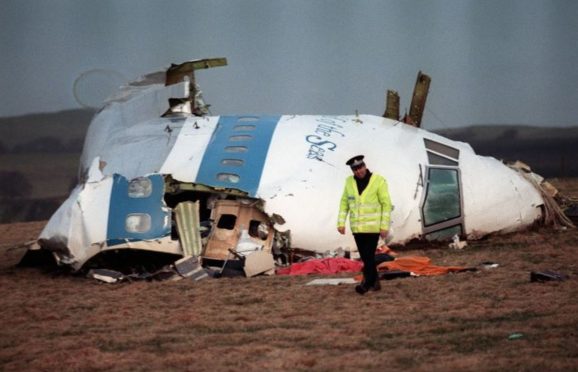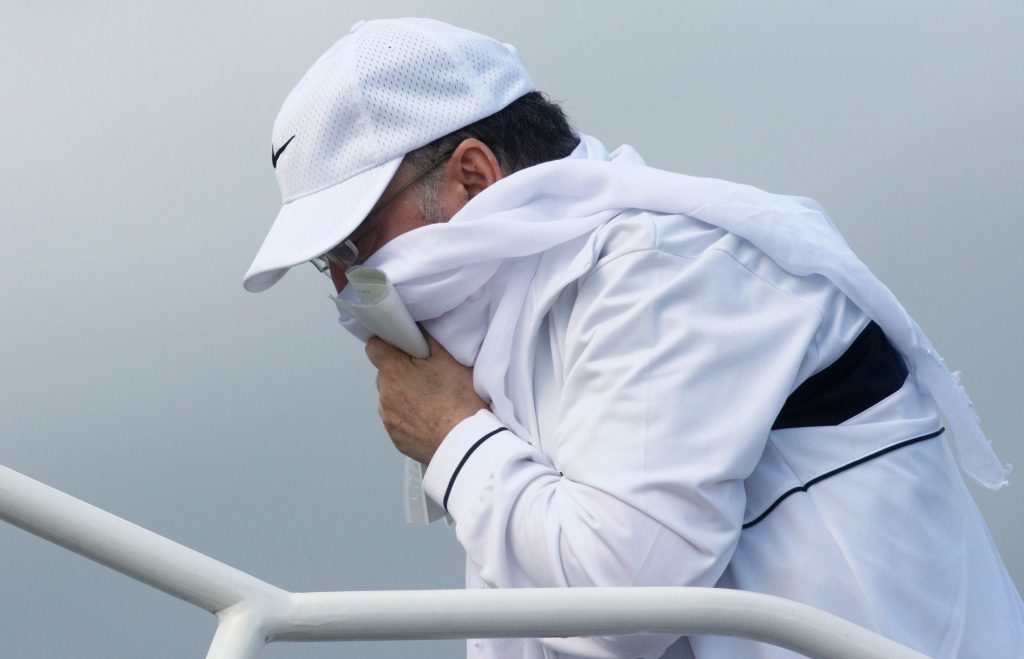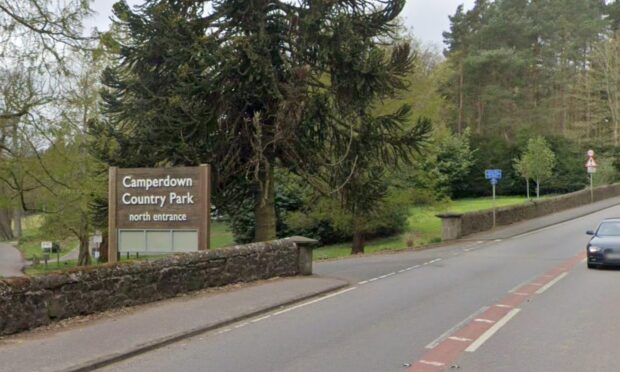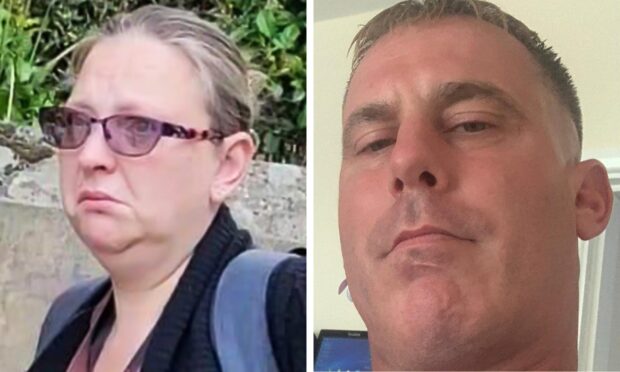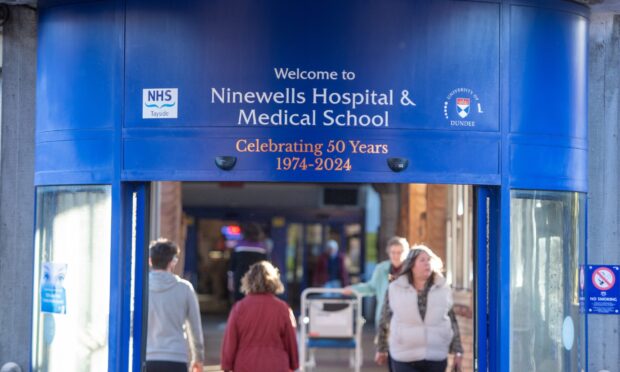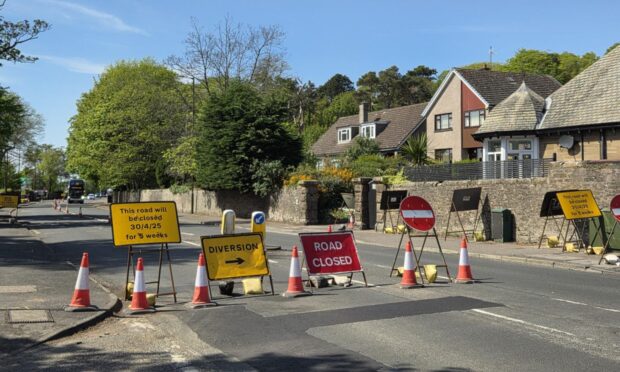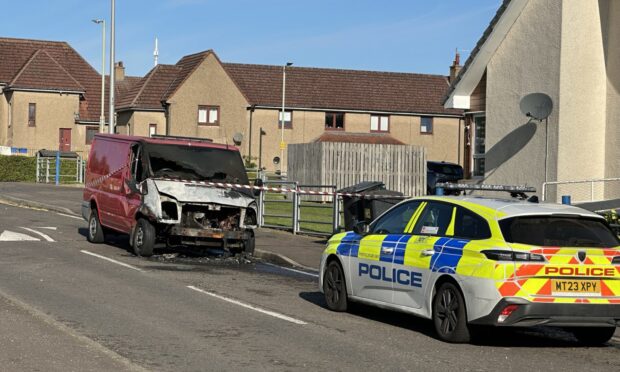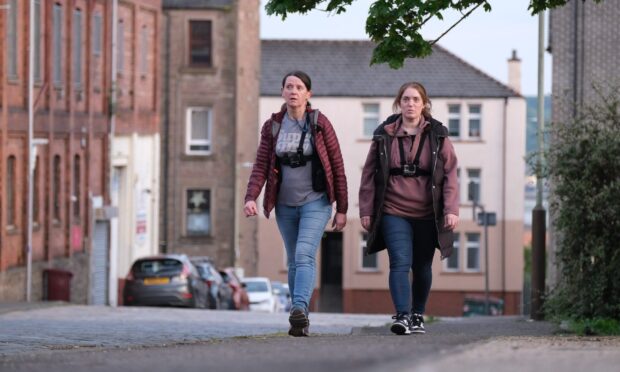It was the selfless act in the wake of the Lockerbie bombing that forged a Tayside connection that continues to this day
A specially trained team of social workers gave up Christmas at home with their families in Dundee to put themselves in the front line and help the grieving relatives and townspeople in Lockerbie 30 years ago.
The council employees responded to the call for help without hesitation, following the 1988 bombing of Pan Am flight 103 which exploded while travelling from London to New York.
Dundee and Dumfries and Galloway still have a close relationship three decades later following the response to the tragedy on December 21 in which 270 people were killed.
It was the worst air disaster in British history.
Within half an hour of news of the bombing being made public, Tayside Regional Council established contact with senior officers in the social work department of Dumfries and Galloway to offer their assistance.
A group of around 30 Dundee social workers had just received intensive training in counselling associated with a major civil disaster by experts who had experience with the Bradford football fire and the Zeebrugge ferry tragedy.
The director of social work in Dumfries and Galloway took up the offer and a team made their way from Tayside to Lockerbie less than two days after the Pan Am jet crashed.
They joined thousands of police officers, military personnel, emergency services crews and civilian volunteers on the ground.
The Dundee team offered practical assistance and intensive grief counselling to the local community.
Social workers helped not only the local people of Lockerbie who had been left homeless and in need of shelter but also the American relatives of the passengers who had died.
A criminal investigation later took place under the late Lord Fraser of Carmyllie, who served as an MP in Angus from 1979 until the year before the bombing.
His modern-day counterpart Kirstene Hair said the social workers should be proud of the support they gave to survivors in the immediate aftermath.
She said: “This was a selfless act which put so many people in an unimaginable situation, which even their advanced training could scarcely have prepared them for.
“The memory of their actions, and those who died, endures and should not be forgotten.”
Background
The bombing happened on December 21 1988, when a Pan Am transatlantic flight from Frankfurt to Detroit via New York blew up in midair.
Large sections of the jumbo jet fell on homes in parts of Lockerbie in Dumfries and Galloway.
Christmas trees and gifts could be seen among the wreckage, which was still smouldering nine hours after the crash.
Witnesses reported a huge explosion and a 300-foot fireball when the plane crashed.
All 243 passengers and 16 crew aboard the aircraft died along with 11 residents.
Thirty-five passengers were students at Syracuse University returning home for Christmas after studying in London at the university’s campuses there.
Lockerbie and Syracuse still have a close relationship, with two students from Lockerbie Academy offered a Syracuse University scholarship each year.
After a three-year probe, arrest warrants were issued for two Libyan nationals in November 1991.
In 2001 Libyan intelligence officer Abdelbaset al-Megrahi was jailed for life after being found guilty of 270 counts of murder.
The crucial piece of evidence that implicated al-Megrahi was a scrap of clothing wrapped around a part of the device used to detonate the suitcase bomb.
It was traced back to a Maltese boutique whose shop-owner recognized Al Megrahi.
In August 2009, he was freed on compassionate grounds after being diagnosed with cancer and he died in May 2012, the only person convicted for the attack.
The mid-section of the plane – where the bomb went off in the cargo – remains at the Air Accidents Investigation Branch in Farnborough, Hampshire.
